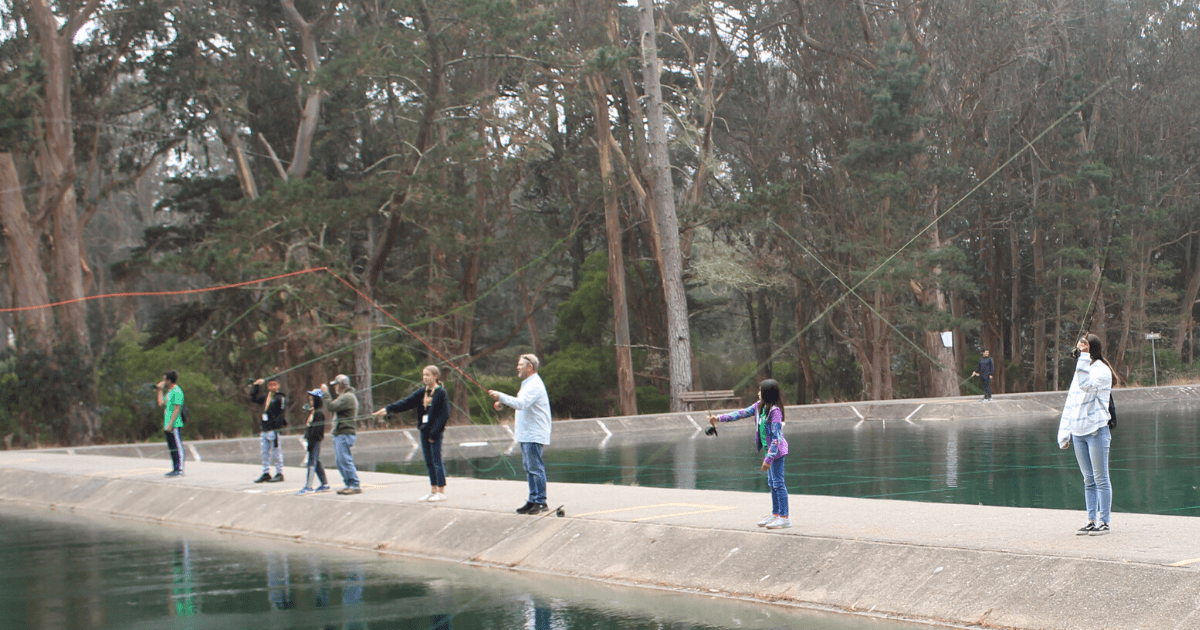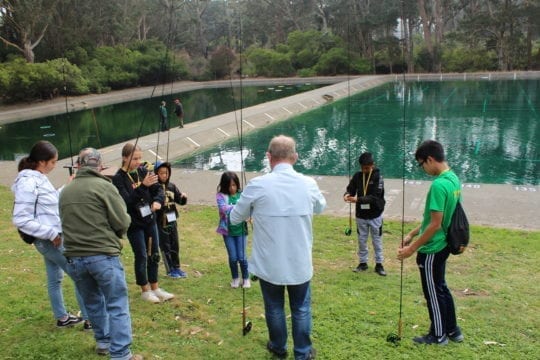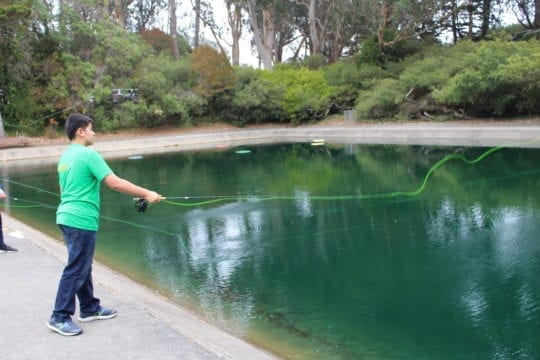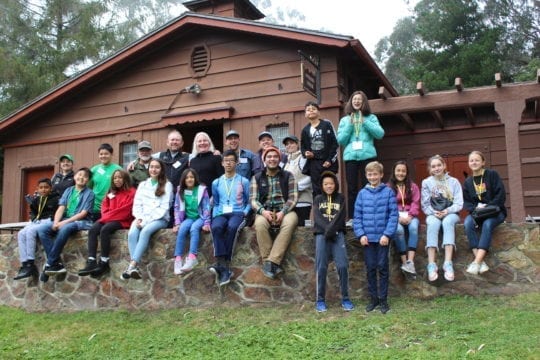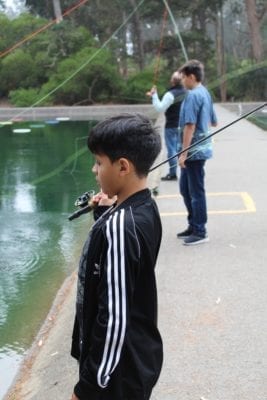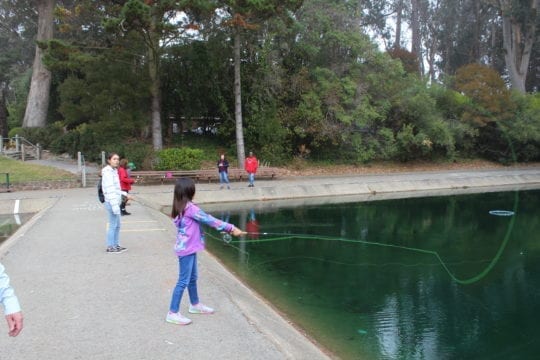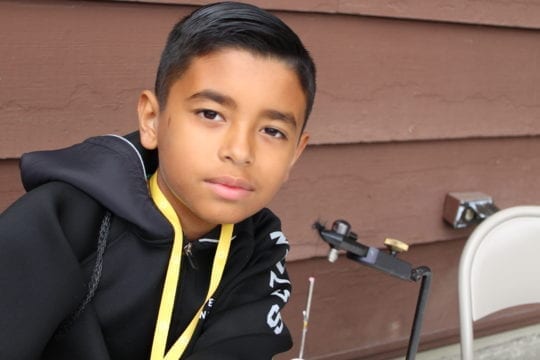California Academy Youth Program Partnership – November 2019
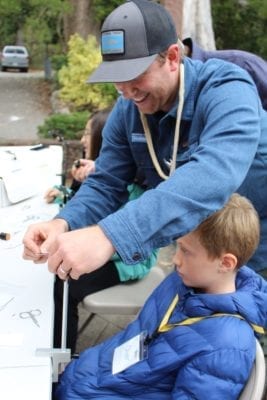 Last Sunday, more than a dozen local middle schoolers got to try their hand at fly tying and casting, while learning about CalTrout’s mission and how the ethic of conservation and fly fishing go hand in hand. Students from the California Academy of Sciences’ Teen Advocates for Science Communication program gathered at the Golden Gate Angling and Casting Club to learn about conservation through fly fishing. This was the second event with the TASC program, the first was in July of this year.
Last Sunday, more than a dozen local middle schoolers got to try their hand at fly tying and casting, while learning about CalTrout’s mission and how the ethic of conservation and fly fishing go hand in hand. Students from the California Academy of Sciences’ Teen Advocates for Science Communication program gathered at the Golden Gate Angling and Casting Club to learn about conservation through fly fishing. This was the second event with the TASC program, the first was in July of this year.
CalTrout’s Bay Area Manager, Patrick Samuel, opened the event with a brief introduction about the importance of fish as an indicator species and what food they eat. These teens learned that insects and bugs are a large part of a fish’s diet. That’s why when anglers make flies for fishing, they mimic the bugs or “flies” you would naturally see appearing in the river. The students learned how to tie an ant fly which may sometimes fall into the river from logs and trees and then become food for fish.
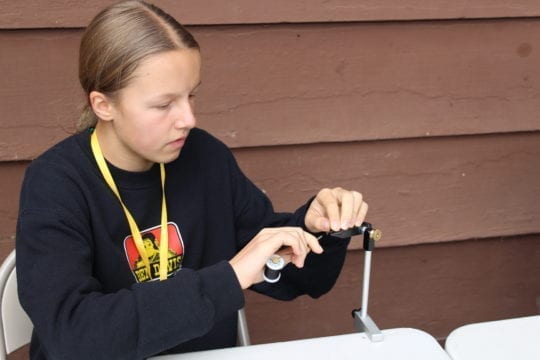
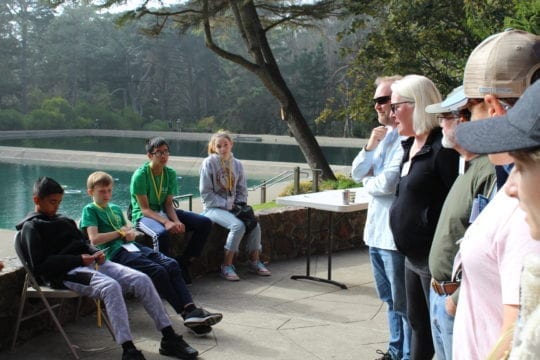
They also learned through patience and practice, the art of fly casting. It took a few tries but thanks to our patient volunteers, the students were getting the hang of it.
This partnership and program were made possible by the Joey Chait Youth initiative Fund. The purpose of this fund is to make children more aware of the importance of protecting California’s fish and rivers, and to promote the sport of fly-fishing in the next generation.
If you’d like to make more opportunities like this possible, you can donate to the Joey Chait Youth Initiative Fund here.
Huge thanks to our partners and volunteers from Golden Gate Angling and Casting Club, Lost Coast Outfitters, and the California Academy of Sciences for donating their time and energy to make this event possible.


